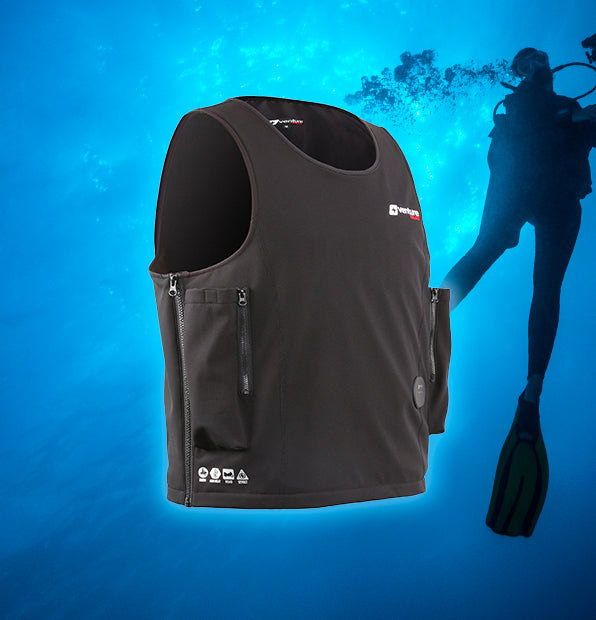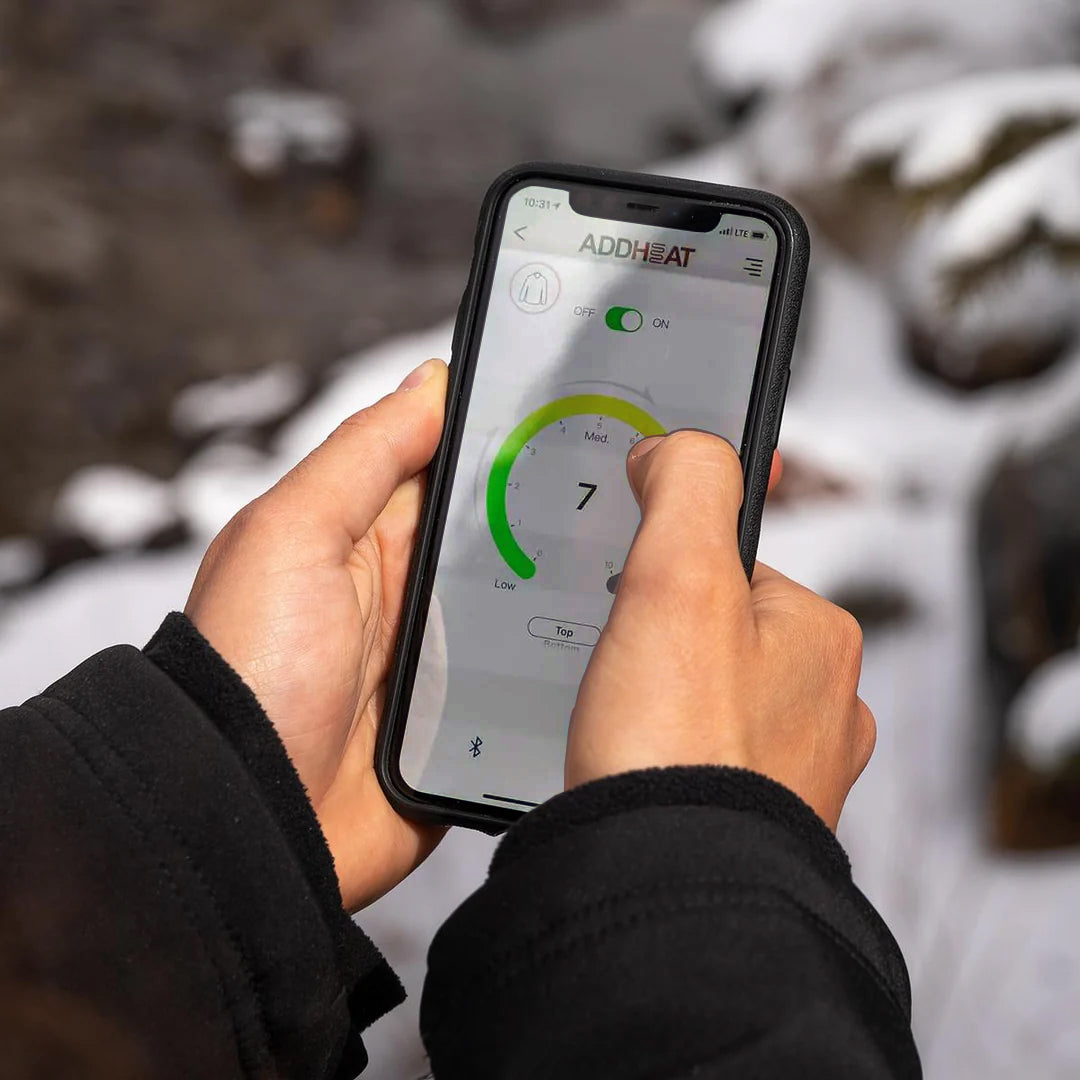Winter Safety Tips at Work

As winter arrives with its icy temperatures and slippery conditions, it's crucial to prioritize safety in the workplace. Whether you work outdoors or indoors, taking proactive measures to prevent accidents and stay warm is essential. In this article, we will discuss valuable winter safety tips that will help you navigate the chills with care and ensure a productive and secure work environment.
1. Dress Appropriately:
When braving the winter weather, it's crucial to dress in layers to maintain body heat and protect against the cold. Wear insulating base layers, followed by a sweater or fleece, and top it off with a windproof and waterproof outer layer. Don't forget to wear warm socks, insulated footwear, gloves, and a hat or beanie to retain heat. If you are constantly working outside in the cold, we would highly recommend you investing in heated apparel. Heated apparel is definitely a game changer when it comes to working in cold temperatures, it cuts the bulky layers in half and provides just as much, if not more warmth. Here at Venture Heat, we offer a wide array of heated apparel from heated jackets, vest to heated gloves and scarfs. Keep in mind that by dressing appropriately, you can reduce the risk of hypothermia and frostbite. If you are interested in checking out our heated apparel, click the button below.
If you are exposed to temperatures as low as 40 degrees, check out our 40 Degree Weather Outfit Guide for an in-depth guide on how to layer your clothes to ensure warmth.
2. Mind the Walkways:
Icy walkways and slippery floors pose significant hazards during the winter months. Employers should ensure that walkways, entrances, and parking lots are promptly cleared of snow and ice. Regular salting or sanding can significantly improve traction and reduce the likelihood of slips and falls. Additionally, employees should wear proper footwear with slip-resistant soles and take cautious steps to prevent accidents.
3. Communicate and Report Hazards:
Safety is a collective responsibility. Encourage open communication among colleagues and management regarding any potential hazards or unsafe conditions. Establish an efficient reporting system to promptly address concerns and resolve issues that may compromise winter safety.
4. Practice Safe Driving:
If your work involves driving, it's crucial to adjust your driving habits to accommodate winter conditions. Slow down, maintain a safe following distance, and brake gently to avoid skidding. Clear all windows and mirrors from ice and snow before starting your journey. It's also wise to keep an emergency kit in your vehicle with essentials like a blanket, flashlight, extra warm clothing, and non-perishable food items.
5. Stay Hydrated:
Even though it might not seem as important during winter, staying hydrated is crucial for overall well-being and maintaining focus at work. Cold weather can lead to dehydration as the body loses moisture through respiration and sweat. Remember to drink plenty of water throughout the day, even if you don't feel as thirsty as you would in warmer months.
6. Take Regular Breaks:
Cold temperatures can take a toll on your body, especially when working outdoors. Take regular breaks in heated areas to warm up and rest. This will help prevent fatigue and reduce the risk of cold-related illnesses. Encourage your coworkers to do the same, fostering a safety-conscious work culture.
7. Know the Symptoms of Cold Stress:
It's essential to recognize the signs of cold stress in yourself and your colleagues. Symptoms of cold stress include shivering, numbness or tingling in extremities, pale or blue skin, confusion, and extreme fatigue. If you or a coworker experience any of these symptoms, it's crucial to seek immediate warmth and medical attention if necessary.
8. Know When It's Too Cold to Work:
Extreme cold weather conditions can pose severe risks to health and safety. Employers should establish guidelines or policies specifying temperature thresholds at which it is considered too cold to work safely. It's important to monitor weather conditions and be aware of wind chill factors that can intensify the effects of cold temperatures. When it's deemed unsafe to work, employers should consider providing alternative work arrangements or allowing employees to stay home.
9. Bring the Heat:
In addition to appropriate clothing, consider utilizing portable heaters or radiant heat sources in work areas to provide localized warmth. Although if you invest in a heated garment, you wouldn't have to worry about purchasing a separate heater because it would be built into your apparel. If you decide to stick to layering and you decide to purchase a heater, remember to exercise caution when using heating devices, ensuring they are well-maintained, positioned away from flammable materials, and operated according to the manufacturer's guidelines. Proper ventilation is also important to prevent carbon monoxide buildup.
Conclusion
Winter brings unique challenges that require extra precautions to ensure workplace safety. By following these winter safety tips, including knowing the symptoms of cold stress, understanding when it's too cold to work, and bringing the heat where necessary, you can reduce the risk of accidents, maintain a healthy work environment, and stay warm during the chilly season. Remember, taking proactive measures and fostering a safety-oriented mindset will not only protect you but also create a culture of well-being and productivity. Embrace these tips, stay vigilant, and make your workplace a safer space this winter.












Leave a comment